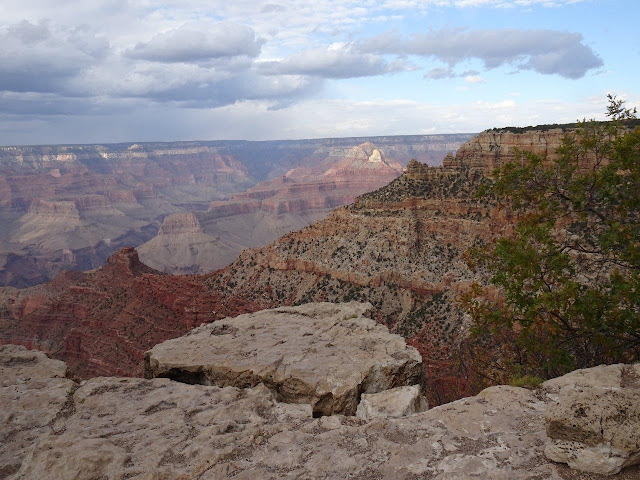Willow Beach is a secret of sorts. At least it is not listed on the two big reservation sites: Reserve America and Recreation.gov. It is my go-to place when I am looking for a quiet scenic place and getting away from family crowds. There are a few families, but mostly I manage to come here when it is slightly off-season.
One of the disadvantages is that is is down a 4 mile long road that is paved but really needs to be replaced. Also, while there are a couple of fairly new gas stations about a dozen miles away, basically, it is 25 miles from grocery stores. Location? It is on the Arizona side of the Colorado River and about 13 miles south of Hoover Dam. There is a big marina with a lot of rental boats, a visitor center, and a fishery, but I will take some photos of those tomorrow.
Another disadvantage is that there is absolutely NO cell service here. Luckily, there is pretty good internet service, which is what I am using right now. The campground has showers and a little laundry room, plus all of the camping sites except the tent sites are full hookup and paved, which means I have electric, water, and sewer. It is very open so good satellite service also. And sites are very spread apart so you have some privacy. Oh, and because it is a federal site, seniors get their sites for half price, which is a real bargain. I'll also take some photos tomorrow of all of the little desert bunnies and the Gambel Quail that run around constantly, cheeping nonstop and worrying about getting lost from their flock! Funny birds.
Here is the road, headed north from Kingman, AZ. A lot of Arizona is dry, but this area is REALLY dry! But it has some beauty to it, anyway, because of the shapes and colors. In the next few photos, the Colorado River is off to the left a couple of miles and down in a canyon, but it is very hard to access it, except at the Willow Beach Marina site.
There is not much of a sign to let you know this is the right road. And it really is not a lake, just a slightly wider place in the river.
This is part of Lake Mead National Recreation Area, so there is a fee to get in, unless of course, you are a senior with a pass, like me. When I first started coming here about six years ago, the entrance booth was closed.
This is the road to the river. It really needs to be replaced, and I was told a year ago that money had been allocated, but they have to build a completely new road because this one "goes down the wrong canyon," as I was told. What that really means is that when it does rain, all the rain from a very large area goes down the canyon and wipes out part of the road. They keep heavy equipment to repair the road each time. So, the plans are to build a new road that does not go through this particular canyon so it won't get wiped out so often.
A few of the sheep were on the ridge. I believe these two are rams, based on their horns being thicker. Ewes have thinner and shorter horns.
I am pretty sure the one in the front on the left is a ram, but it is hard to tell because they all have horns. Rams have bigger horns and, as the lady on Life Below Zero calls them, "dangly bits." Can't see the dangly bits, but his horns are definitely thicker and longer.
All the ones below are ewes.
These two rams definitely have "dangly bits." They also have thicker and longer horns and are bigger in body size overall, so they are probably fully adults.
The one on the far left is a ram. Overall, I saw about 12-15 big horns, which is a good-sized herd.
My campsite.
The campground, looking down toward the river, which is about a thousand feet away.
By the way, every single patch of grass or bush in the campground has its own drip irrigation system. The greenery encourages a large desert bunny population and several flocks of Gambel quail, but more on that tomorrow.






















































